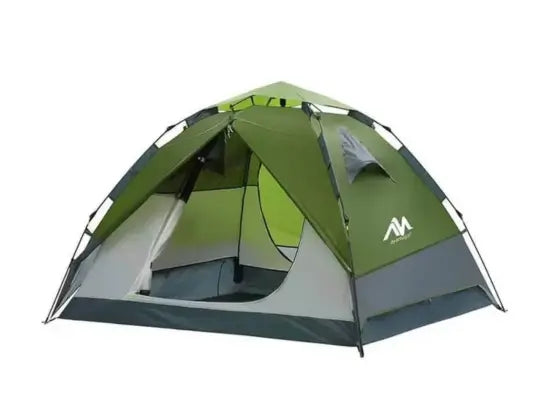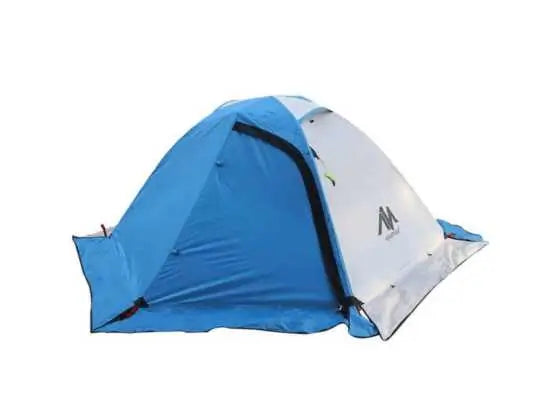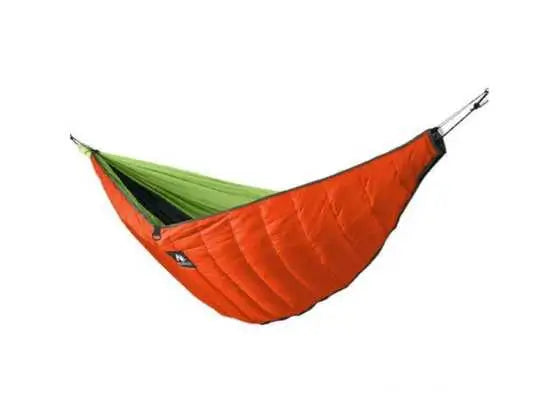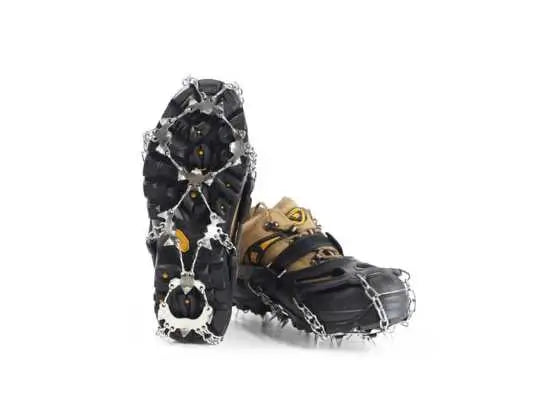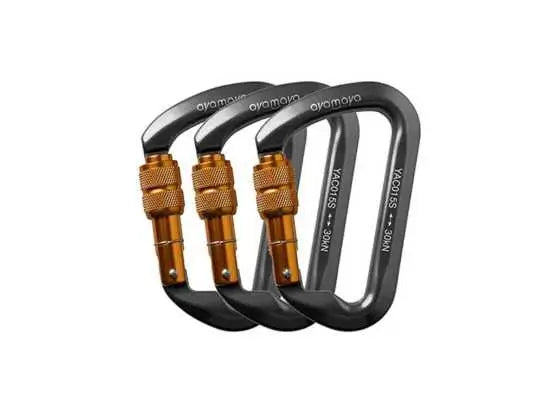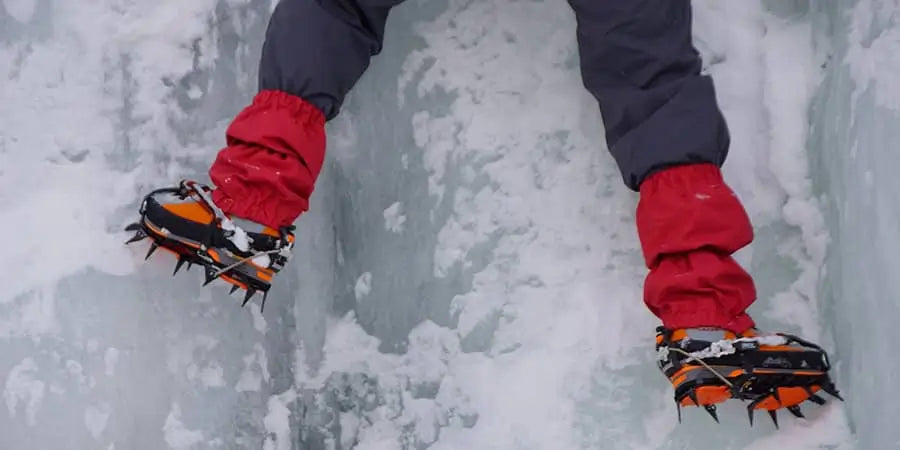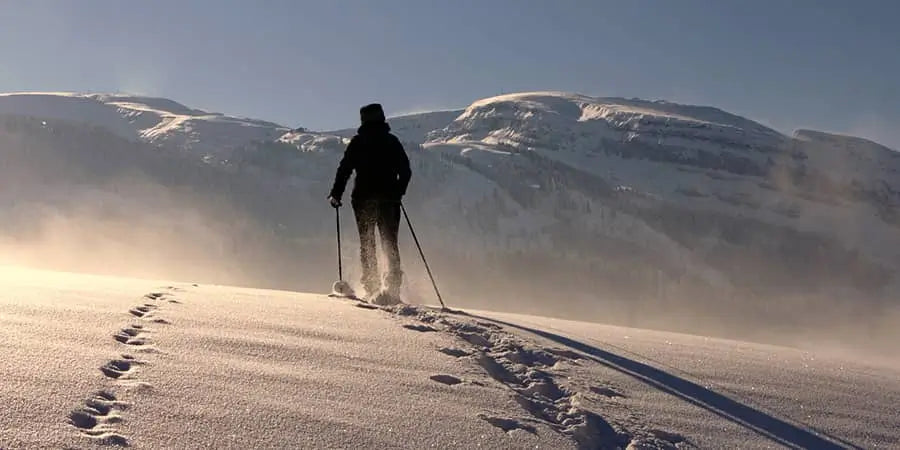Overview
Understanding how to choose the best backpacking tent is crucial because it influences your budget and back weight. No backpacker organizes a backcountry trip without considering the necessary backcountry shelter. The choice of tents that you will decide is among the critical gear buying decisions.
You will have options to choose from, and it will be wise to understand what you want so that you don't end up in a tent below your expectations. There are decision points that will guide you when choosing a backpacking tent. They include:
- You should understand the seasons that every tent will befit
- You also need to be sure about the number of people that will be staying in a tent
- Weight is another factor you don't want to ignore when buying a tent
- Livability also comes in handy because you will need the best interior space, easy access and easy setup.
Keep reading the article for insights on everything you need to know when basing your considerations on the above mentioned factors.

What capacity is best when choosing a backpacking tent?
When backpacking, it is prudent to know the number of people spending time in a tent. If you are alone, it will be easy to determine the amount of space you need for comfort. Tents have varying capacities, and you will be choosing between varying models. It will be pretty daunting for a beginner to settle for one that will best fit them.
You may not find the industry standards that define what will best fit one person, but you will use your preference to choose the comfort you want. Every brand has there own standards, and it may require your knowledge about the brand.
When you crave space or are taller than usual, you may need to opt for a tent that will accord you a larger area. Some tents support two people, and you may use that as your single tent. Some tents have larger floor space, and you can notice this by checking the signal features such as a + sign or any manufacturer's information suggesting a larger area.
Backpacking tents will serve certain seasons
When do you do your hiking? How often do you go backpacking? If you are a whole year-round backpacker, you may need to consider a tent that can survive all seasons. You will be choosing between a 3 season and a four-season tent because that is what you will find in the market. A three-season tent will be preferable for hikers because they don't expect the seasons to be the same all year round. The worst-case weather scenarios may not be the same for the whole year. Frequent mountaineers and backpackers may own more tents because they need convenience in every trip they make.
When choosing a tent, you will be careful with the weight because you will want to balance weight and durability. The thicker tent, the more it can last, and the higher the weight. A correctly pitched 3 season tent is bet because it can withstand downpours and light snow but may not be best for sustained exposure to harsh storms, heavy rains and violent winds.
There are special considerations that you should be careful with when choosing a backpacking tent for seasons. It would help if you had the tent with three ample mesh panels to boost airflow while keeping out insects. It would be best if you also considered the walls. Fabrics and poles should also be less to reduce the weight load.
Extended season backpacking tents
You can opt for extended season backpacking tents that can serve during the spring and fall seasons. You will also need these tents when you are camping in high elevation places that may experience snow. The 3 to four-season tents will have some specific features such as
- The three fabric panels may zip over mesh areas. You will need this because it blows away the mesh while holding in more warmth.
- They also have an additional strength because of more poles that enhance the stability.
Mountaineering tents for 3-seasons
The 3 season mountaineering tents can withstand fierce winds and snow loads. You should be aware that the 3 season tents have less ventilation because they know the conditions in the mountainous regions. You may feel stuffy when the weather is mild, but the features are impressive
Mountaineering 3 season tents have the following features:- It uses heavy-duty poles and fabrics with an extra three poles
- It also has four rounded dome designs, which allows it to sustain winds and eliminate flat roof spaces
- Mountaineering tents have three fewer mesh panels. Some have zip fabric panels which will enable you to cover eh mesh panels when you need them.
- Rainflys are also crucial to protect from rain splashes. The mountaineering tents have three rainfly that will extend close to the ground.
When considering a four-season tent, You will find single-wall tents with waterproof/breathable walls with no rain-fly. You will be happy with a single wall tent when it is cold.
Considering the weight of the tent
Tent weight is something else that comes in handy when arranging to buy a backcountry camping tent. You don't want your burden t to overwhelm you, and you will be keen on something that will accord you comfort. The designers make it a priority to use lightweight materials to minimize the workload. Here, you are focusing on reducing the load while not compromising with the space and comfort. You need a room that is reasonably roomy and comfortable.
It may be a wise choice to use heavy-duty materials when you are designing durable tents. The idea may not always hold when you are creating something for backpacking. Ultralight tents will be an option here because they are durable, sturdy and yet they won't be bulk in your back. Premium Ultralight tent is a bit expensive, and you may have to incur more expenses. You will need to be with the following specifications while shopping for a backcountry backpacking tent to affirm the weight requirements.
The critical weight specification requirements
It is prudent to note that some tents can function without a rain-fly of the tent poles, and therefore, their trail weights will reflect the essential components attached to that tent.
You also need to consider the package weight of the gear you purchase. It will involve a rain-fly, poles, body, stakes, a stuff sack pole and instructions. The weight weighing in your back encompasses the gear weight and the minimum weight for the tent trail poles.
Packed size implies the amount of space that the tent will take in a pack. The pack size is vital for it will determine if you will carry your package at ease or not. If eh pack size is too big, you may want to reduce the components or split up the box to enhance convenience when you are carrying.
The minimalist shelters
You will notice that the backpacking tents have double-wall designs, including the main tent body and external rainfly. Hikers focusing on saving every possible ounce will have more options that are pocket-friendly. You can opt for a fly/footprint option that has an ultra-light setup. You can separately buy the footprint, poles and rainfly.
Backpacking tent livability
When talking about the tent's livability, we are deliberating on the things inside the tent that will make your stay to be memorable. They are the things that will make your stay to be more enjoyable. The features that will enhance a livability experience are the space in your tent, the fabrics that make the walls, the weight and anything that won't trade off comfort.
The only time you can understand the livability features of your tent is by testing it.
- First, test pitch tents in a store by asking the seller to set up the pitched tent so that you can hop in to enable you to confirm if it is the choice you will want.
The following specifications will also help you to access the interior space of your tent further:
- Check the floor dimensions because that is the first determinant if you will buy the tent or not. You should note that the tents may not have a perfectly rectangular floor. Tapered floors are best if you need room for shoulders and arms. It will also be helpful if you want to save some weight.
- You also need to pay attention to the floor area. You will need to pitch a tent for test before purchasing to allow you to access the space layout.
- The peak height is a vital feature that you want to know before purchasing the tent. You will need sufficient headroom, and you cannot tell this without conducting a test pitch.
- The wall shape is something else you will pay attention to when conducting a pitch test. If the walls are vertical enough, the interior of the tent will feel open. It is best to determine if the walls accord you a comfortable experience. If you cannot do it yourself in the store, it will be good to conduct your research online.
- You will also need to be keen on the rainfly colors. If your rainfly is light bright, it will transmit more light inside, making the interior more promising. Bright walls give an impression of a spacious tent, and that is precisely what you want when you are on a backcountry trip.
- You also need o know the number of doors before purchasing a tent. Manufacturers ensure that they make perfect doors with the best zippers, but as a user, you should be concerned with the number of entries in a tent. Every sleeper in a tent needs to have a door. It means that the number of people staying in a tent should be proportional to the number of entries in a tent.
- Checking if your tent has vestibules is a therapeutic practice because you will need vestibules to store your hiking shoes and other hiking gear. Some tents may have an oversized floor, but an entrance is a specific space best for luggage storage.
- Ventilation is another factor that you ought to consider when choosing a backpacking tent. Check if your tent has features such as mesh windows, panels, adjustable vents and other features. It will be advantageous if your tent has features that will increase the airflow to prevent condensation buildup.
Tent Setup
Learning how to set up a tent is vital. It would be best if you pitched up your tent twice or thrice when you are still at home so that you won't have issues while at a campsite. Consider the following setup options to help you quickly learn how to set up a tent.
- If you will be using a free-standing design, it means that the tent can stand without the stakes. You only need to take it from one spot to the other. The design is lightweight because it does not use robust poles
- Some tents use pole hubs and will take the guesswork out of your math. Bars will guide you on what you ought to do next because each of them is designed for a specific purpose.
- some tents will also have pole clips that will connect to the tent canopies via pins, sleeves or two combined. If you need a more robust pitch, then you should use the pole sleeves. You will, though, find it challenging to tread poles through them. Attaching the poles' clips is more accessible and will allow more airflow underneath the rainfly, which will, in turn, reduce condensation.
- They also have color-coding to help you orient each pole tip to the right tent corner quickly. It helps you in identifying which sleeves or clips will go with the pole sections.
Tent Materials
Finally, you ought to be careful with the tent materials when choosing a tent. You should note that backpacking tents have high-strength, low-weight aluminum poles. Your tent will have a wide range of nylons and specialized polyesters. You will identify this by checking the denier numbers. It would be best not to compare the deniers unless they are using the same fabrics. The denier principle is only workable when comparing the same materials.
Summary
If you are looking for the most robust tent, then you should check the poles and fabrics that the manufacture uses to make them. Seasons, livability, tent setup and tent materials are vital considerations when choosing a backcountry tent. Be sure the tent you are settling for accords you a value for money.

